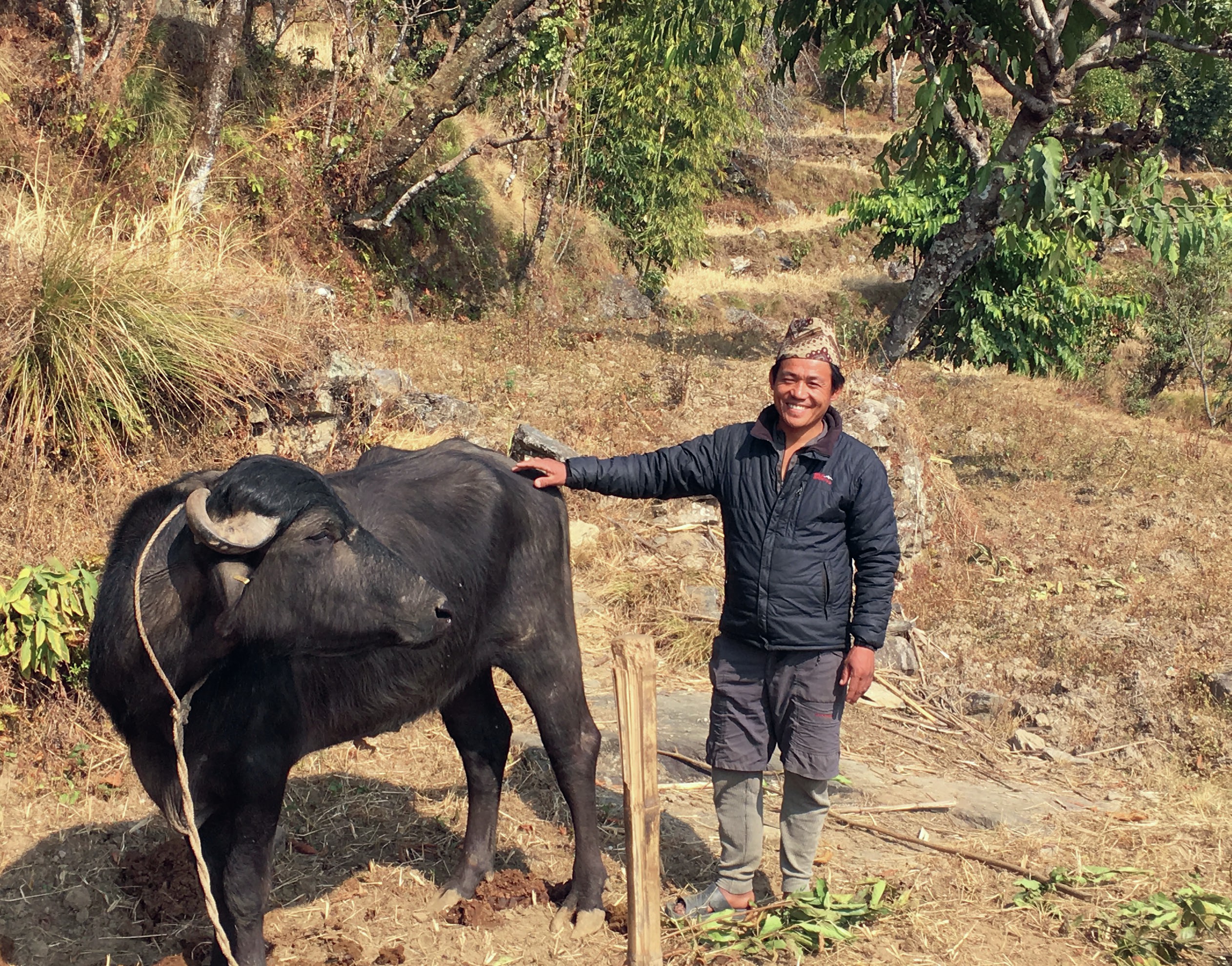
Nepal, which lies in the Himalayas between China and India, is one of the world’s poorest countries. It has a GDP per capita PPP of just $2,500. With its low level of development, predominantly rural population and widespread poverty, Nepal’s carbon emissions are very low compared to those of the UK, as shown in Figure 1. But despite its minimal contribution to climate change, Nepal is suffering the impacts more than most. In its high-altitude, glaciated environment, where it is difficult at the best of times to eke out a living, the population is extremely vulnerable to shifting weather patterns. As crop yields fall, many people are forced to abandon the countryside and migrate to the over-crowded cities, or overseas, in search of work.
It is difficult to gather accurate figures for the extent of climate change in Nepal (Box 1), but models attempting to predict climate change match closely with the perceptions of farmers that the days are becoming hotter and that the pattern of the monsoon rains, shown in Figure 2, is changing.
Your organisation does not have access to this article.
Sign up today to give your students the edge they need to achieve their best grades with subject expertise
Subscribe




